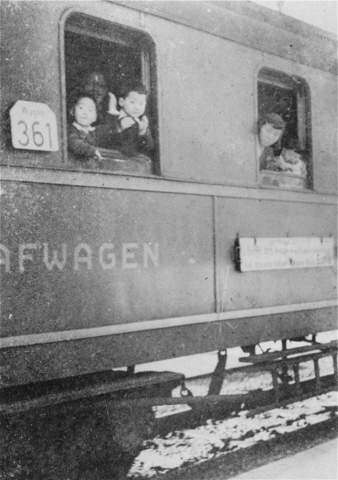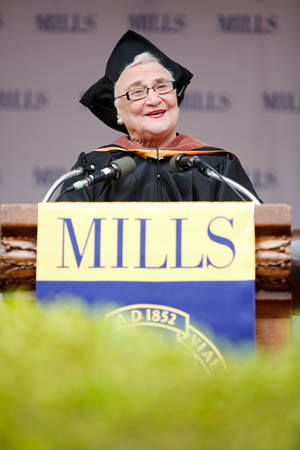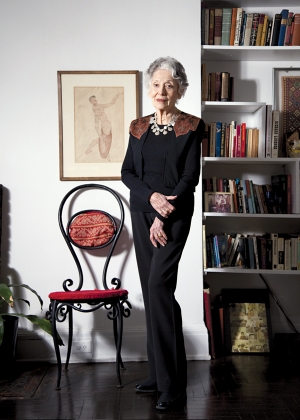I met Deb Levy because we had something in common. We were both writing books based on someone else’s Holocaust story. Deb’s book, Bury the Hot, is now published. She sent me a copy and I read it in one big gulp. I had so many questions for her afterward but limited it to nine, which are answered by her below. You can purchase your own copy of Bury the Hot at amazon, which I encourage you to do. It’s a page-turner.
1. What was it like telling someone else’s story?
One of the very first things Sal [Wainberg] said to me after asking me to write his story was this, “Do not make a Hollywood version of my account. Do not embellish for the sake of storytelling. Do not make me out to be a hero. I just want the truth.” So, I felt a tremendous responsibility to hold to the truth. I also felt a tremendous responsibility for earning his trust, and that of his wife, Sandy. They were both sharing their memories and their marriage in such an honest and open way, and I held their trust in me in very high regard.
2. How much and what kind of research did you do?
Sal sent me the VHS tape and transcript of a video testimony that he had given in 1995. I pored through it and filled a spiral-bound notebook with hundreds of questions. We don’t live near each other, so we spoke on the phone for several hours at a time – Sandy sitting silently on the line listening in. We called into a conference call center that recorded our conversations so that I could listen and respond without worrying about writing things down. We spoke once or twice a week, for hours on end, for several months. I also (like you!) used Google quite a bit and found amazing resources – from a Hebrew/Gregorian calendar conversion tool, to the Yizkor (memorial) book of his shtetl. And I went to Yeshiva University and the JDC [Joint Distribution Committee] and looked through their archives to get more information about historical events that he was part of.
3. Who else did you interview beside Sal? How did you handle any inconsistencies in his story?
I interviewed his wife Sandy quite a bit, privately, because a good part of the book focuses on their marriage, and how the repression of his childhood experiences impacted their relationship. (She was learning some details of his past along with me, believe it or not.) I also spoke with his daughter, who is my age, to get a different perspective. But Bury the Hot is mainly Sal’s story, as he remembers his experiences and as he perceived them. Any historical inconsistencies, I checked with him and we compared notes on things like dates. For instance, he recalled the war breaking out on Erev Rosh Hashanah (he was three years old.) But every history book notes Germany invading Poland on September 1, which was about two weeks before Rosh Hashanah in 1939. When I pressed him on this, he said that he remembered wearing his new Rosh Hashanah clothes and going outside as planes darkened the sky above his home. And so he assumed it was Rosh Hashanah. But he realized that he must have just gotten his new outfit a few weeks before the New Year, tried it on, and then gone outside to show off his new clothes. To be honest, I was really amazed at how accurate and vivid his memories were.
4. Tell me about your decision to include Yiddish words, especially how you deftly handled their definitions, i.e., weaving them into the narrative rather than footnotes or parenthetically.
I love any book that weaves a foreign language into its prose – it brings a culture to life in a way that mere descriptions cannot. And Yiddish is such an amazing language, full of flavor and feistiness and a “hamisheh” quality. It’s the language of my family and our history, and the language that Sal spoke for the first 15 years of his life. It’s also a dying language and one that I wanted to revive in some way.
5. Has writing this changed the way you think about WWII and the Holocaust? What about your faith? I can’t imagine going through the process of interviewing, researching, writing and publishing and not coming out the other side unfazed.
To be honest, when Sal first asked me to write his story and his wife said, “His story is unbelievable,” my first thought (which I kept to myself!) was, “Yeah, I’ve heard it before.” I cringe now thinking about that. We may think that by reading Anne Frank and watching Schindler’s List we’ve heard it all before, but we haven’t. We haven’t even come close. There are millions of stories that need to be told – each one unique and heartbreaking and filled with truths and teachings. I don’t know that writing this changed the way that I practice or believe, but it changed me as a mother. I have three young boys, and raising them while writing about another young boy in peril was fraught with challenges. I struggled between wanting to do everything I could (as we all want to do as mothers) to give them a good life and protect them from harm. But at the same time, I started to resent their good life and innocence. I wondered often if they would have survived the things that Sal endured, and it terrified me, because I didn’t think they would. And so there was a part of me that wanted to “toughen them up” so that they could survive if their world, God forbid, turned upside down. But that is impossible, and probably not the best way to raise children!
6. How do you feel about the book, the people involved, the fact that the last survivors will soon be no more?
I’m incredibly proud of the book, and incredibly, incredibly grateful to Sandy and Sal both for trusting me with their memories and laying themselves bare. Seeing it in print, seeing it go so public, I realize the incredible courage they exhibited in opening themselves up so completely. They were incredibly honest, and honesty is not always so attractive. Also, I think I was so close to it that it’s only been through the response I’m getting from readers that I realize I did something very important for history and humanity. Every day that goes by, there are less and less of those who can provide a first-hand account, or who can tell it cogently. And so there is this race against the clock to make sure we capture as much as we can and then share it with generations to come.
7. Any interesting or surprising responses to your book? Would love to hear what kind of feedback you’re getting from readers, whether they be from survivors, kin of survivors, Jews, non-Jews, etc.
The response has been incredible. Certainly, it is a Jewish-interest story. But some of my most fervent fans and supporters are non-Jews. And why not? It is a human story and one does not have to be Nigerian to appreciate Chinua Achebe, or Indian to read Salman Rushdie. But perhaps the greatest response was from Sal’s daughter, who hadn’t read a page of the book until it was published. The whole time I was writing his story, I worried about how she and her brother would feel reading about their father’s suffering, or their parent’s marriage. But she said, “I feel like we are now somehow related. Over 40 years, I have managed to absorb some of this history. But in 1/10th the time, you got it. And now you are my sister. This is why he chose you.”
8. Anything you wish you had done differently?
Yes! Like I said, I found the Yizkor book of Zelechow (his shtetl) online and used it as a resource for corroborating his memory of historical events. It also listed the names of people from his village, which I incorporated into the book. But it wasn’t until I went back to the Yizkor book, while I was working on the approximately 8th or 9th revision of Bury the Hot, that I realized there were pictures at the end of this online document. And I found pictures of his family, people he hid with. I had chills seeing the faces of the characters I had been writing about. Unfortunately, Sal had passed away by this time, and so I couldn’t share those photographs with him, or seek his help in identifying some of the people in group photos.
9. Name one thing you learned about the Holocaust that you didn’t know before starting this project.
I learned a lot about the difference between Polish and German society at that time, and the many years leading up to the war. I learned that the war’s end in 1945 did not bring an end to the suffering of Jews in Poland – at all. Anti-Semitism was centuries old, and persisted long after the Holocaust.
P.S. Click here if you’re curious about the book’s title.




















